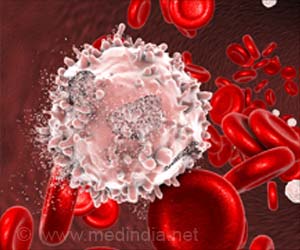Researchers from University of Illinois have come up with a novel way of developing antibiotics to fight malaria, potentially making the treatment of the disease less expensive.
Researchers from University of Illinois have come up with a novel way of developing antibiotics to fight malaria, potentially making the treatment of the disease less expensive.
The research team led by microbiology professor William Metcalf have developed a new way to mass-produce phosphonate compound (FR900098), made in nature by bacteria and are known to have antibiotic properties.Metcalf's team has identified and sequenced the genes and identified the processes by which bacteria make this particular phosphonate compound (FR900098).
"Malaria is a problem in Third World countries that can least afford expensive medicines, and many antibiotics are expensive," said Metcalf.
Efforts are already underway by Metcalf's colleague, chemical engineering professor Huimin Zhao, to engineer E. coli strains to overproduce FR900098, which can then be harvested for medicine.
Metcalf said that knowing the genes and understanding the pathway that bacteria use to make this antimalarial means the genes can be manipulated to make the compound even more effective against the malaria parasite while remaining harmless to people.
The need for new antibiotics is at an all-time high because multi-drug resistant bacteria are appearing even outside hospital settings.
Advertisement
"In an infection, the chances are high that one in 10 million parasites in the patient's body will become resistant to a given drug," Metcalf said.
Advertisement
Phosphonates work by disrupting biological pathways critical in developing drug resistence.
When the parasites that cause malaria were discovered by others to have a pathway that FR900098 could disrupt, researchers saw a way to put the compound to good use. That same biosynthetic pathway does not exist in animals.
Understanding these pathways "opens the door to finding other antibiotics in this class of compounds. The more we can understand about these pathways the better we can find unknown phosphonates with antibiotic properties," said Metcalf.
The results are reported in the August 25 issue of Chemistry and Biology.
Source-ANI
SRM















